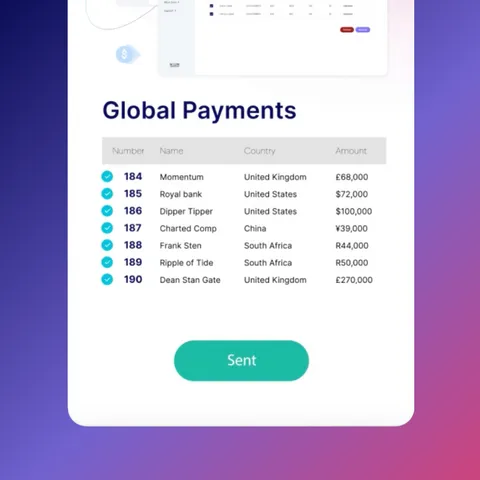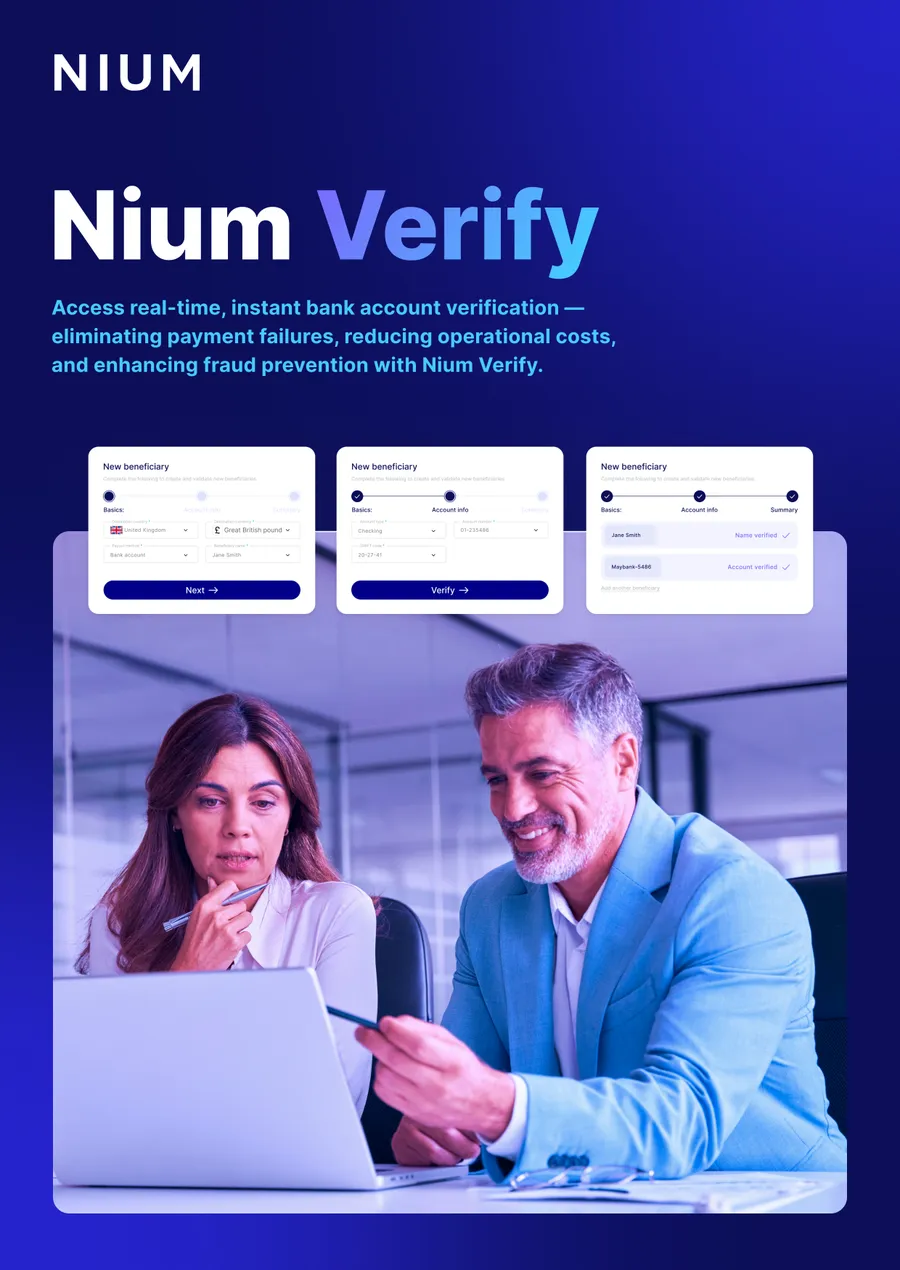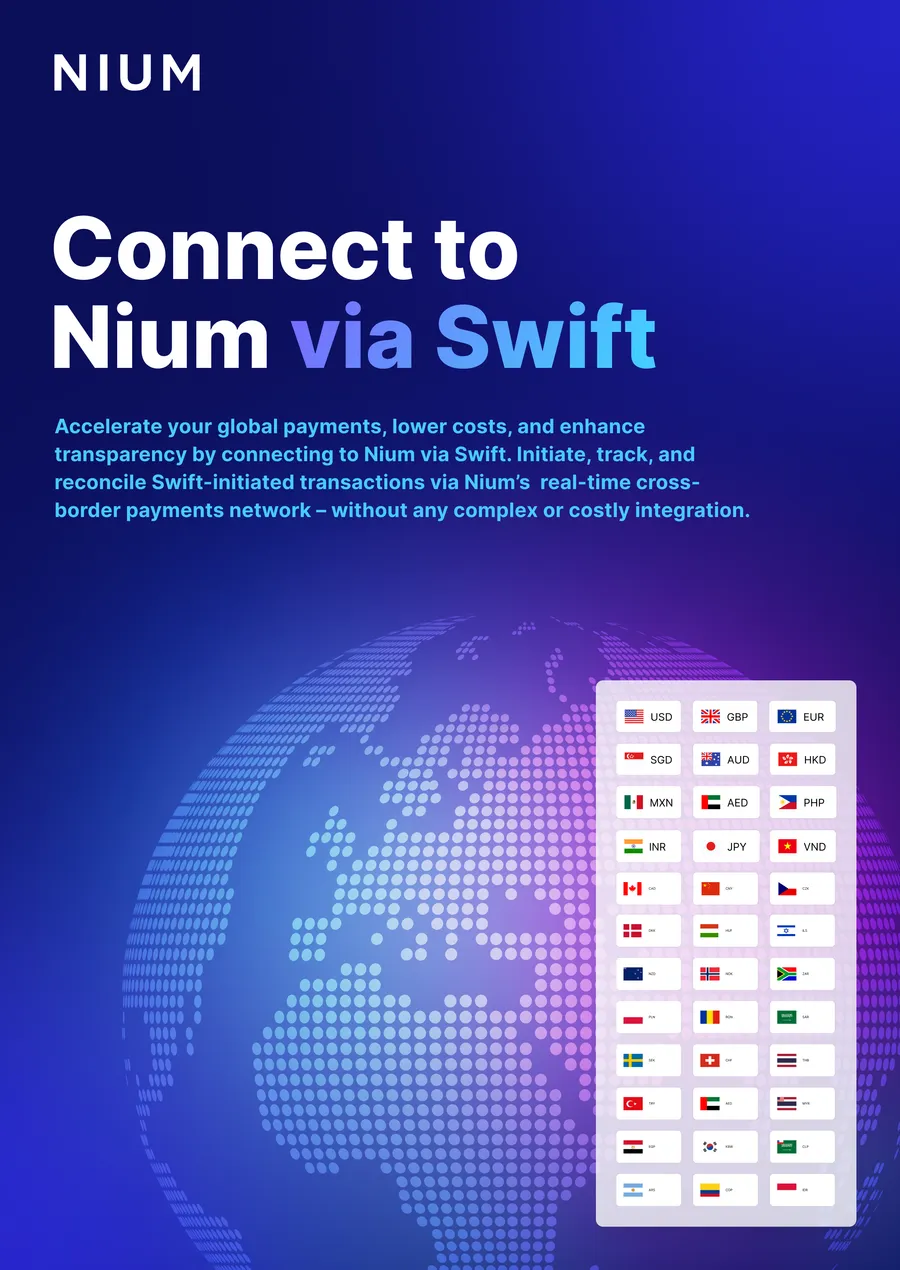Latin America (LATAM) is in the middle of a real-time payments revolution that is rapidly changing how people and businesses make transactions. The emergence of fast-payment systems like Transferencia 3.0 in Argentina, PIX in Brazil, and SPEI in Mexico has driven remarkable growth while bringing a generation of consumers, workers, and suppliers online, backed by payment systems that rival anywhere in the world.
For international businesses, the booming activity in this region could prove a valuable source of new customers, talent, and commercial development. However, engaging with this opportunity requires the ability to adapt to the payment needs of this increasingly important market.
With traditional banking infrastructure in LATAM not always fully integrated with international markets, offering real-time payments in this market will require a new approach to money movement.
Here, we will explore the importance of real-time payments in LATAM, the current state of real-time payments in the region, and how businesses can operate and expand in LATAM with the help of the right payments partner.
The state of real-time payments in Latin America
The Latin America real-time payments market is expected to register a CAGR of 15.1% from 2022 to 2027. The top three economies in particular–Brazil, Argentina, and Mexico–are set to see huge economic gains over the next five years, with Argentina and Brazil projected to deliver seven and tenfold increases, respectively, in economic benefits and savings driven by real-time payments. In practice, this is significant proof of the benefit that reliable, safe, trusted B2B payment systems can do for a region with the potential to make the most of them.
Brazil's PIX revolution, for example, shows how real-time payments can launch and scale in the right environment. In little over a year since its launch in November 2020, PIX has signed up 67% of adults in Brazil, and the number of PIXtransactions has dramatically increased from 33.51 million in November 2020 to 393.64 million transactions in March 2021.
How are real-time payments transforming economies in Latin America?
Economies everywhere, including LATAM, rest on the ability to move capital reliably and efficiently. However, traditional banking infrastructure in the region has traditionally seen uneven adoption and promotion. This is partly due to a large informal economy, mistrust of incumbent economic systems, and skepticism of the high fees and interest rates of debit and credit cards.
However, the growing adoption of smartphones and real-time payment systems has enabled more people to participate in the financial system outside of the structures of traditional networks. According to the World Bank, between 2017 and 2021, the number of people who made payments via mobile or the internet grew by 23%. For these users, real-time payments offer several major advantages:
- Security via encryption technologies that securely transfer data and funds from buyers to the sellers.
- Speed through electronic payments that clear rapidly, regardless of distance (key in a region that saw remittances in the first half of 2022 reach $68 billion).
- Digital payments improve customer experience because the buyer can easily pay from anywhere at any time and choose from different payment methods that are commonly accepted.
- Accessible payments help even the unbanked to access and benefit from a wider range of financial services.
Together, this has supercharged adoption. According to Americas Market Intelligence, alternative payment methods in Latin America, such as wallets and bank transfers, will reach an e-commerce turnover of US$138 billion by 2025.
Succeeding in Latin America requires the right B2B payments partner
When it comes to succeeding in LATAM–whether its procuring services, connecting buyers or sellers, or hiring talent–speed is key. Businesses that want to find a route to market need to be able to bring their services into real-time, securely, efficiently and quickly.
Nium has worked with leading institutions across Latin America to build a reliable network of connections that open up access to this valuable new market. Through our modular API suite, businesses can access fully compliant payment rails, with regulatory licenses and authorizations to connect with employees, contractors, and suppliers in over 190 countries and territories.
- Pay out in more than 100 currencies to over 190 countries, 100 in real-time.
- Receive funds in 33 markets, including Southeast Asia, the U.K., Hong Kong, Singapore, Australia, India, and the U.S.
- Collect funds in local payments, holding in a virtual wallet and payout in local currencies in 35 countries.
- Access physical and virtual card issuance in 34 countries, including Europe (SEPA), the U.K., Australia, and Singapore.
To find out more about how you can make the most of real-time payments in LATAM, download the latest report, Navigating Cross-border Payments in Latin America, or book a call with one of our payment experts today.



.png@webp)



.png@webp)
.png@webp)



